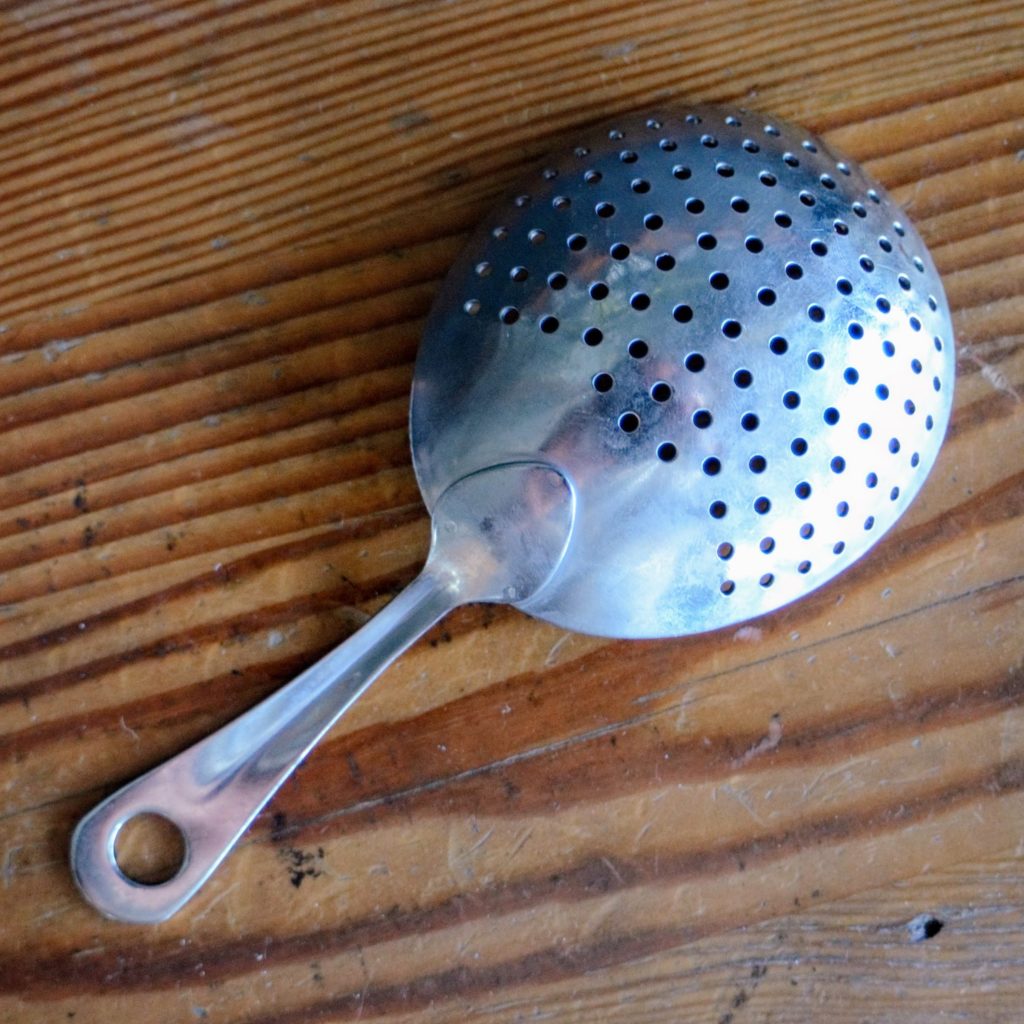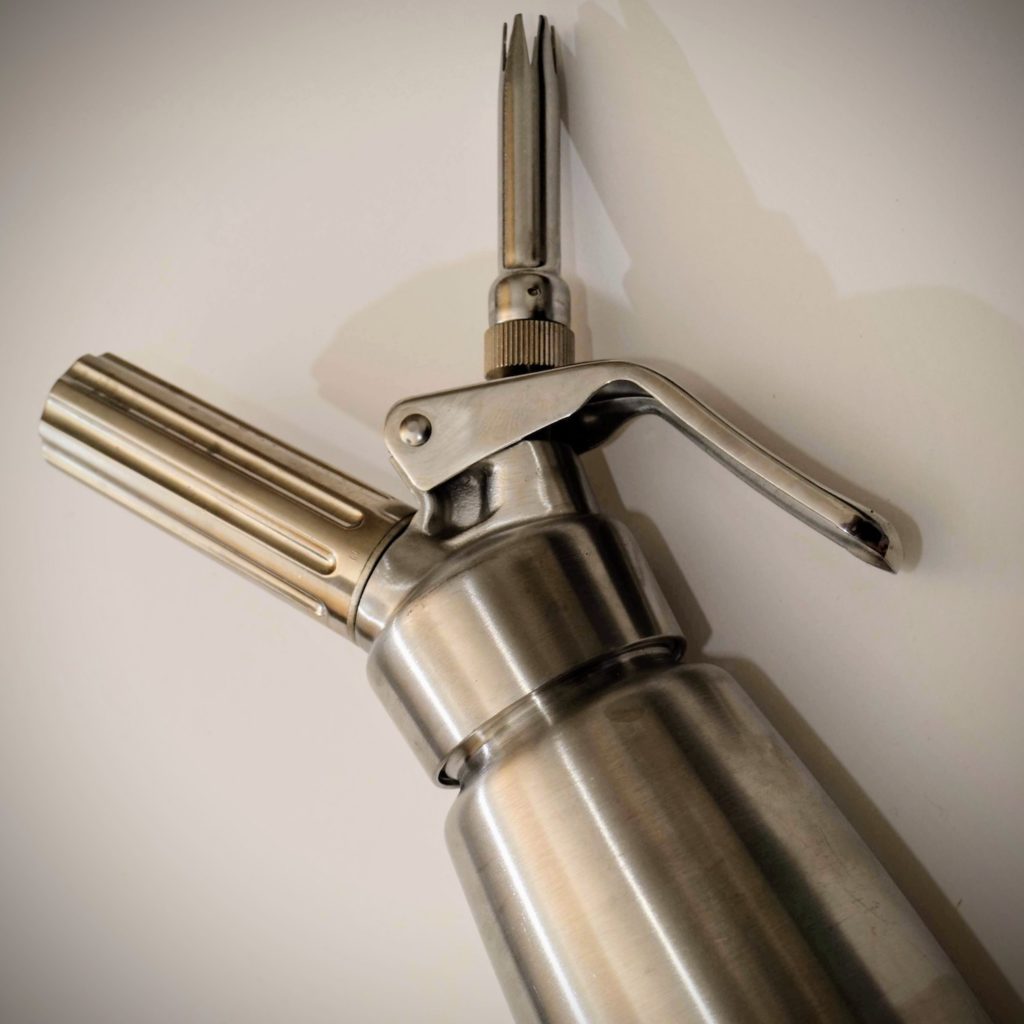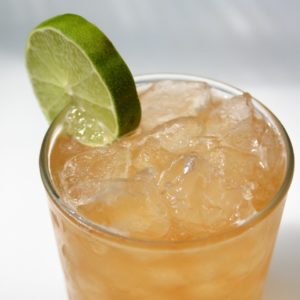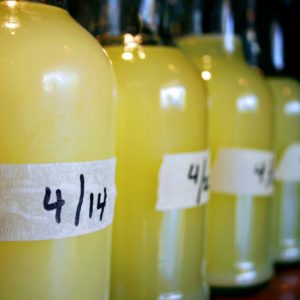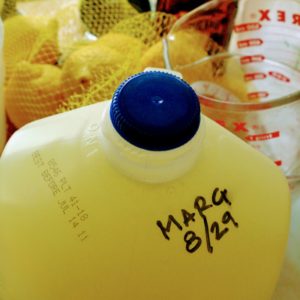I like gin. Well, I like it now. My first experience with the spirit was much like most people’s, I think. My best friend Adam and I stole a plastic jug of the stuff from a party in high school, hit the 7-Eleven for two liters of Mountain Dew, and let the good times rip. Needless to say, I never touched the stuff again.
But nearly a decade later I was forced to re-examine gin, as it’s the base for the vast majority of classic drinks and I was developing a real inclination for all things cocktail-related. And once I circled back to gin, I dove head first into the different styles, learning all I could about how to use each in cocktails.
And so I thought I should share some of my findings with the world, as I’ve come to realize that the ever expanding world of gin can be a vast place, and when it comes to selecting a gin to mix with, the choices can be daunting.
Disclaimer: While there are many styles of gin out there, I decided to focus on the three that I think best represent the breadth of the category. I could have included such international styles as Plymouth and Genever, but to be brutally honest I feel that Plymouth and most London Dry gins are interchangeable in cocktails, and Genever is typically so funky and such a radical departure from what most people in this country know as gin, that I think it’s best given its own treatment.
London Dry
London Dry gin is what most of us think of when we think of gin. Not limited to being made in any specific place, London Dry doesn’t need to come from London – In fact, many of the most well-known do not. What is required is a predominant proportion of juniper, neutral grain spirit, and water. A small amount of sugar can be added, but this is typically done for mouthfeel and not flavor. London Dry gin is characterized by its crispness and citrusy components which support the juniper profile. My favorite brands include Ford’s (pictured), Bombay Dry, and Beefeater.
London Dry works well in most any classic cocktail, but I find it best suited to Dry Martinis, Negronis, and any type of Sour. Whenever I come across a cocktail that would benefit from a crisp citrus component, I reach for a London Dry.
Old Tom
An older style of gin that predates London Dry, Old Tom’s most distinct characteristic is its added sugar. Old Tom doesn’t come with the brightness that London Dry brings to the party, yet its soft, rich, velvety flavor profile and mouthfeel work really well with other bright ingredients. It is my go-to gin for a nice dry Tom Collins (and was likely the original gin specified) and I’ll always and forever be a big fan of Old Tom in place of London Dry in both the Last Word and Corpse Reviver #2. I’m unconventional like that, I guess. See if you can pick up a bottle of the limited edition Tanqueray Old Tom (if you can still find it), or else pick up a bottle of Hayman’s in the US, or Jensen’s in the UK.
New World
The recent emergence of the New World gin category over the past decade has been impressive, as (mainly American) craft distilleries have risen to such prominence that the old guard London Dry distilleries have had to sit up and take notice. But the lack of any common definition of what the style actually is has created an inordinate amount of confusion among consumers, and, quite frankly, professionals as well. What I can tell you about New World gin is that it embraces its rejection of the old rules set by Genever, Old Tom, Plymouth, and London Dry. Juniper is often not the predominant flavor, and other less commonly used botanicals such as lavender and sarsaparilla are sent forward. The darling of New World gin is definitely Portland’s own Aviation Gin, but look for Brooklyn Gin and the gin from St. Augustine Distillery as well. I find these gins work best in long drinks, particularly those made with nontraditional ingredients such as apple, red peppers, and melon.




